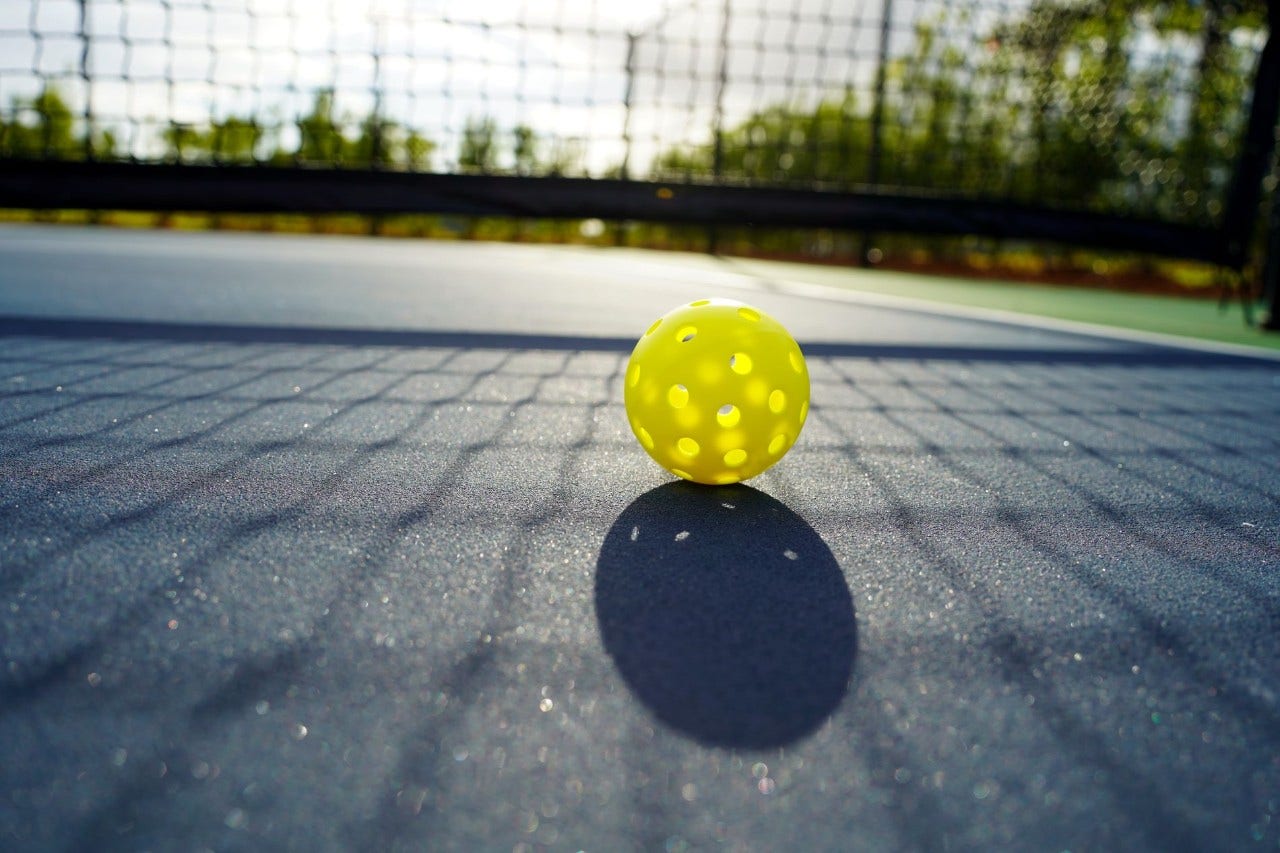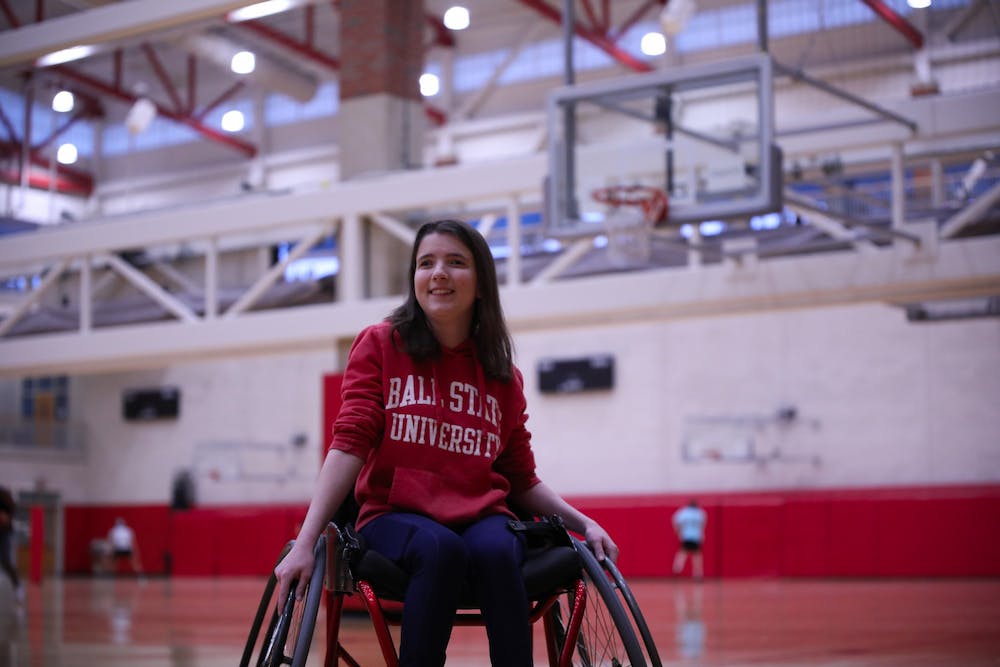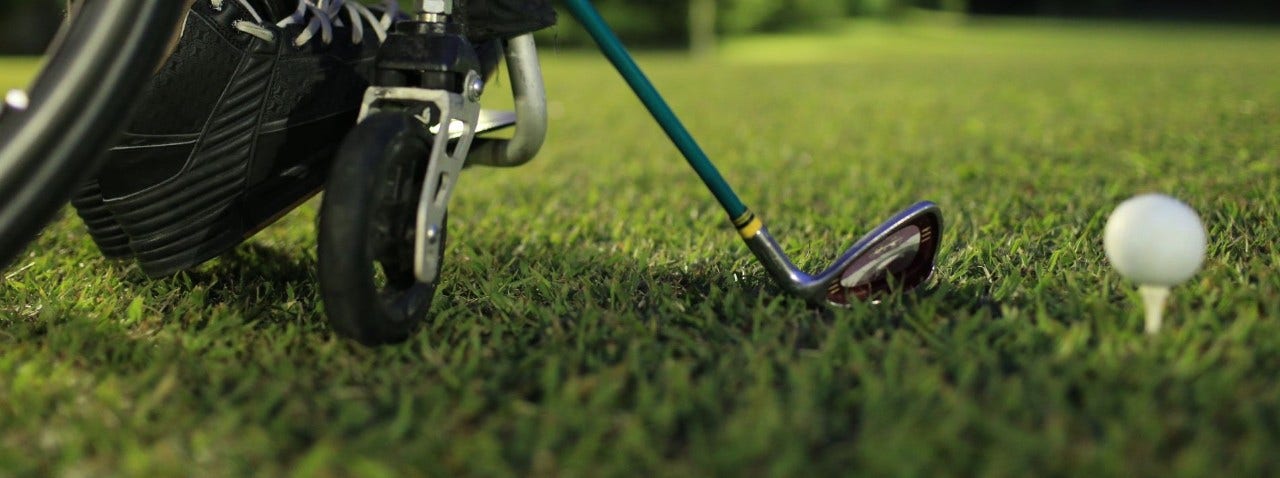
Adaptive Sports: Sitting Volleyball
Volleyball, invented in 1895, was originally designed to be a less physically demanding alternative to basketball. Its appeal quickly spread across the globe, becoming a popular recreational and competitive sport.
What is Sitting Volleyball?
An adaptive version of the game, sitting volleyball, has its roots in the Netherlands during the mid-20th century. Sitting volleyball emerged in 1956, combining elements of traditional volleyball with sitzball—a German game played by seated athletes without a net. Sitzball was popular among individuals with physical disabilities, focusing on coordination without the vertical challenges of a net.
Eventually, volleyball was officially adapted for athletes with disabilities when the Netherlands sports committee introduced modifications such as a lower net and a smaller court. These changes made the game accessible yet competitive for seated players.
Sitting volleyball gained international recognition when it was officially included in the 1980 Paralympic Games in Arnhem, Netherlands. Today, sitting volleyball is played both recreationally and professionally worldwide, allowing athletes with disabilities the chance to compete at the highest level.
What Is the Difference Between Sitting Volleyball and Volleyball?
Sitting volleyball is an adapted version of volleyball. During a game of sitting volleyball, athletes sit on the floor of a volleyball court, rather than utilizing sport wheelchairs, and use their arms and legs to move around the court and hit the ball.
The objective in both standing and sitting volleyball is the same: teams score points by grounding the ball in their opponent's court. While sitting volleyball and traditional volleyball share many similarities, a few rules are made along with adaptations to accommodate athletes with disabilities, including:
- Net Height: The net height for sitting volleyball is significantly lower than for standing volleyball. In standing volleyball, nets are approximately 8 feet high for men and 7.5 feet high for women. Sitting volleyball nets are about half the height, measuring roughly 4 feet high for men and 3.5 high feet for women.
- Court Size: A sitting volleyball court is smaller than a traditional volleyball court. Sitting volleyball courts measure approximately 32 feet by 19 feet. This differs from the traditional court, which measures roughly 59 feet by 30 feet. The smaller court size allows seated players to more easily volley the ball, which is paramount to gameplay.
- Positioning: Seated volleyball players must make sure their lower body maintains contact with the court, especially when handling the ball.
- Blocking: In sitting volleyball, players can block the ball immediately after a serve and at any time during the game. Blocking involves positioning the body at the net to intercept the ball as it crosses over. Standing volleyball prohibits blocking the serve or non-attack moves, like underhand passes.
- Attacking: In standing volleyball, both front-row and back-row players can spike, but back-row players must jump from behind the 10-foot attack line to do so. Front-row players can spike from anywhere in front of this line. In sitting volleyball, any player can spike from anywhere on the court if they maintain contact with the floor.
Who Is Allowed to Play Sitting Volleyball?
Sitting volleyball can be played by anyone recreationally; however, professional sitting volleyball is generally played by people who have more mild mobility impairments. Like other adaptive sports, professional sitting volleyball players are given a classification based on their disability. This classification ensures all gameplay is fair, so no one person or team has a physical advantage over the other.
While those with spinal cord injuries and paralysis can play, the game requires that players be able to sit unsupported and move around the court using their arms and legs. If an athlete cannot do this, an adaptive sport that utilizes wheelchairs may be ideal, as sport wheelchairs can provide support and mobility assistance to athletes. Wheelchair basketball, wheelchair rugby, and wheelchair pickleball are just a few sports to choose from for those requiring wheelchairs.
Is Sitting Volleyball a Sport in the Olympics?
At the Olympics, you'll see athletes competing in traditional standing volleyball, while sitting volleyball is played at the Paralympics. Both events unite athletes from all over the world, but the main difference is the Olympics feature non-disabled athletes, while the Paralympics are for athletes with disabilities. This is why sitting volleyball is part of the Paralympics instead of the Olympics.
Despite the differences in athletes’ ability, the Paralympics and Olympics often air on the same TV channels—the Paralympics taking place a few weeks after the Olympics—so you can watch professional athletes compete in sitting volleyball just as you would standing volleyball.
If you’re interested in learning more about adaptive sports or even trying some for yourself, be sure to read our full adaptive sports series, available in the accessible living section of our article library. From Paralympic sports to recreational adaptive sports, there are plenty of options to try.




